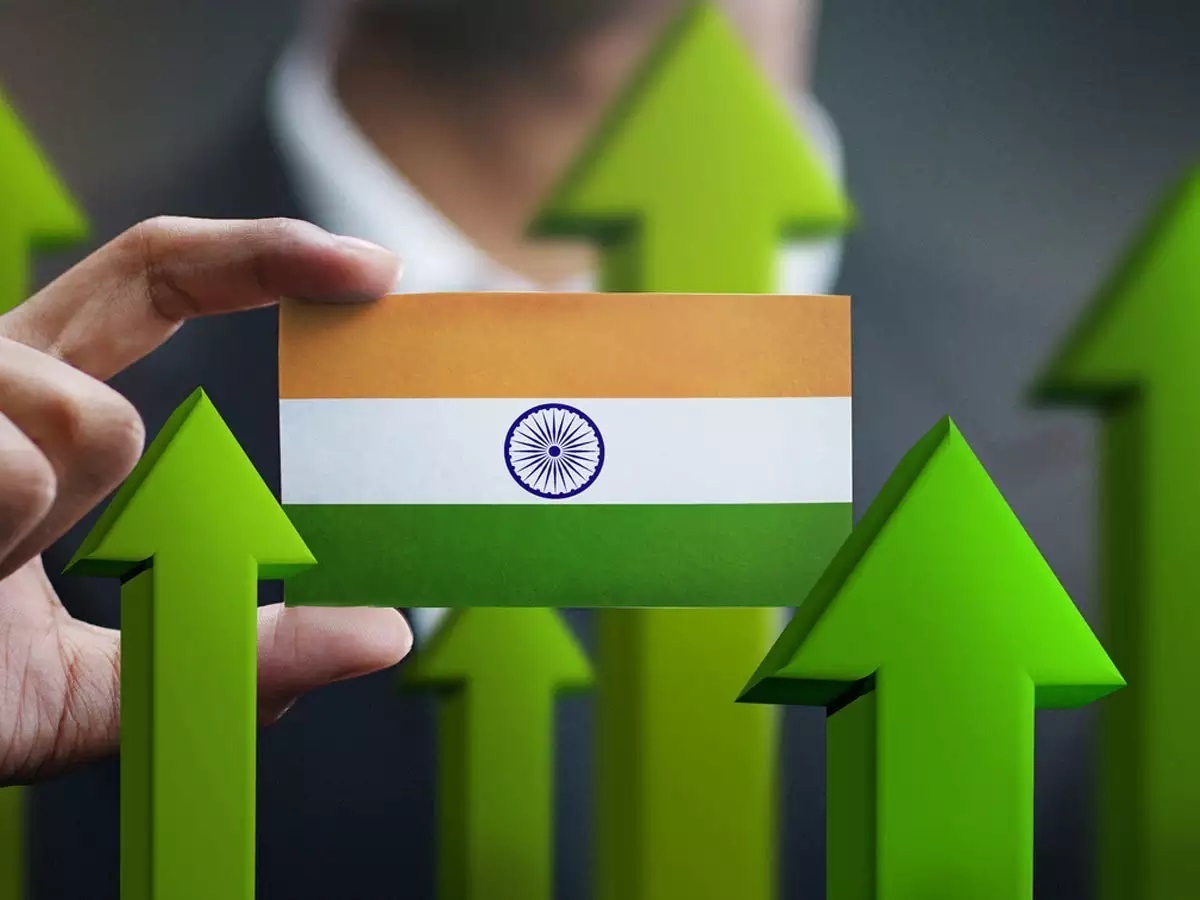
US President Joe Biden warmly welcomed Prime Minister Narendra Modi to Washington on Wednesday, terming ties with India as. “one of the defining partnerships of our age.” Spanning two days of crucial talks, the visit highlights the growing recognition of India’s rise as a key global player.
The United States sees India as a strategic counterweight to China, seeking to harness the potential of the world’s most populous democracy. President Biden aims to bolster India’s influence on the world stage, acknowledging its significant role in shaping the Indo-Pacific region and beyond.
The anticipated agreements between the two leaders encompass a wide range of areas, including defense cooperation and sales, artificial intelligence, quantum computing, and investments by prominent US companies like Micron Technology. The American multinational corporation General Electric (GE) on Thursday announced it has signed an agreement with India’s state-owned Hindustan Aeronautics Ltd (HAL) to make fighter jet engines for the Indian Air Force (IAF). These collaborations not only enhance bilateral ties but also underscore India’s emergence as a vital partner in key technological and strategic domains.
Prime Minister Modi’s visit, distinguished by its full diplomatic status of a state visit, signifies the importance that the US gives to its relationship with India. But more than that it shows India’s arrival on the global stage as a major power whose cooperation is sought to address the key global concerns of the day. The reception accorded to PM Modi by American CEOs and his meeting with Tesla’s Elon Musk showcase the recognition of his role in bolstering economic growth and innovation in India.
Both the PM Modi and Biden face the common challenge of navigating China’s growing influence in the Indo-Pacific region and other spheres. While the visit is not solely centered on China, discussions regarding China’s role in military, technology, and economic domains are expected to feature prominently.
The visit included a private dinner at the White House and visits to key institutions such as the National Science Foundation. There was a colourful arrival ceremony on the White House South Lawn before Oval Office talks. The high-profile visit served as a platform for deep strategic discussions and tangible progress across various dimensions of the bilateral relationship.
That said, the visit is also about the evolving new geopolitics in the world where China is fast emerging as a rival to the US. So, the primary motivation behind the US outreach to India is to draw India into its orbit. But India has traditionally zealously guarded its independence and refused to be part of any geopolitical bloc. It has always acted in the interest of its people. With the US also, India will rather prefer a relationship based on accommodation of each other’s interests and concerns rather than act in subservience to the US interests.
Follow this link to join our WhatsApp group: Join Now
Be Part of Quality Journalism |
Quality journalism takes a lot of time, money and hard work to produce and despite all the hardships we still do it. Our reporters and editors are working overtime in Kashmir and beyond to cover what you care about, break big stories, and expose injustices that can change lives. Today more people are reading Kashmir Observer than ever, but only a handful are paying while advertising revenues are falling fast. |
| ACT NOW |
| MONTHLY | Rs 100 | |
| YEARLY | Rs 1000 | |
| LIFETIME | Rs 10000 | |













